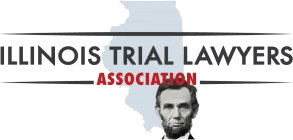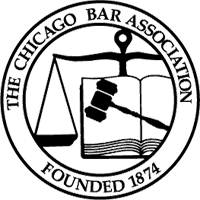While millions of individuals over the age of 65 suffer from elder abuse, studies show that only 1 in every 14 incidents that take place in domestic settings is reported to the authorities. Educate yourself on the types of elder abuse and how to recognize the signs for more information.
Types of Elder Abuse
Elder abuse refers to the neglectful or intentional actions of a caregiver that lead to the harm of a vulnerable elderly individual. There are many different types of elder abuse, including physical abuse, sexual abuse, emotional abuse, and exploitation. However, one of the most prevalent types of elder abuse is neglect, or the refusal or failure of a caregiver to provide for an elderly individual’s safety, physical needs, or emotional needs.
Signs to Look Out For
- The best way to recognize elder abuse in your loved one is to understand the signs. Some of the most common signs of neglect include:
- Unusual weight loss
- Dehydration or malnutrition
- Untreated physical problems, including ulcers and bed sores
- Being left without a bath or dirty
- Unsuitable clothing or covering for the weather
- Unsanitary living conditions, such as bed bugs, dirt, or soiled bedding
- Unsafe living conditions, such as lack of heat or running water, fire hazards, or faulty electrical wiring.
- Desertion at a public place
Steps to Take
It is important to discuss any signs of elder abuse or neglect with a personal injury lawyer as soon as possible, as many claims will require medical documentation and additional supporting evidence in order to award damages.
Here at the Shea Law Group, our personal injury lawyers fight for compensation for various types of nursing home negligence, including negligent medical care, medical malpractice, malnutrition, dehydration, bed sores, ulcers, and unreasonable restraint. Call us at (773) 365-0040 to set up a consultation.








